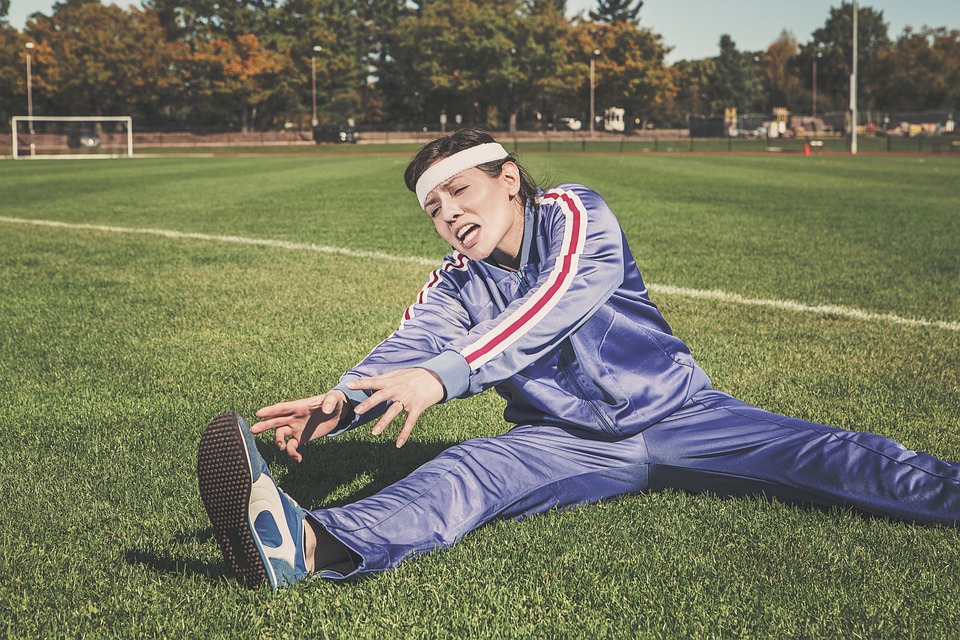Dating back to 4000 BC in Egypt, drums are the oldest known musical instrument in the world. Not only have people been using drums for a long time, but macaques also use drums to show dominance and communicate. Drums have been used all over the world as a means of communication or a means of creating music. People who play drums rely heavily on the physics behind them, but many people don’t really realize how much of Newton’s Third Law is going on in their action. When someone plays the drums, quite simply, they are drumming in different ways at different times. The main thing they do is bounce a stick, hand, mallet or something similar off the drum. Without the ability to bounce something off the drum, drumming would be completely different, or even non-existent in this day and age.
Sticks, mallets, hands, etc., and the composition of the drum itself all have major roles in the physics of drumming. For example, without Newton’s third law, the drum stick would never bounce off the drum, leaving the drums making a dull, thin crackling noise. Newton’s third law states that every action has an equal and opposite reaction. The action would be the sticks hitting the cylinder, and the equal and opposite reaction would be the sticks bouncing off the cylinder. When the sticks press against the drum head, the drum head also pushes against the sticks with equal and opposite force, leaving the drum to resonate as the sticks return into the air. This is possible due to the tension in the circular diaphragm of the tympanic head. Pulling the sticks makes it easier to apply more force to the drum head and make a louder sound as you push it up again to strike it again. Drums also differ in different ways you have to hit them. For example, the snare drum should be hit in the center, while the timpani should be hit near the sides.
An ideal circular membrane has a fundamental frequency of ƒ1 = 0.765 ((T/σ)/D), where ƒ = frequency, T = membrane tension, σ = mass per unit, and D = membrane diameter. With this perfect frequency, it is much easier and more efficient to strike the lute than the drum. Going back to Newton’s third law, when it is most effective to strike the drumstick from the drum head, the forces of the sticks and drum are exactly equal and the drum leaves a resonating sound when the stick is returned up to be used to strike the drum again.
